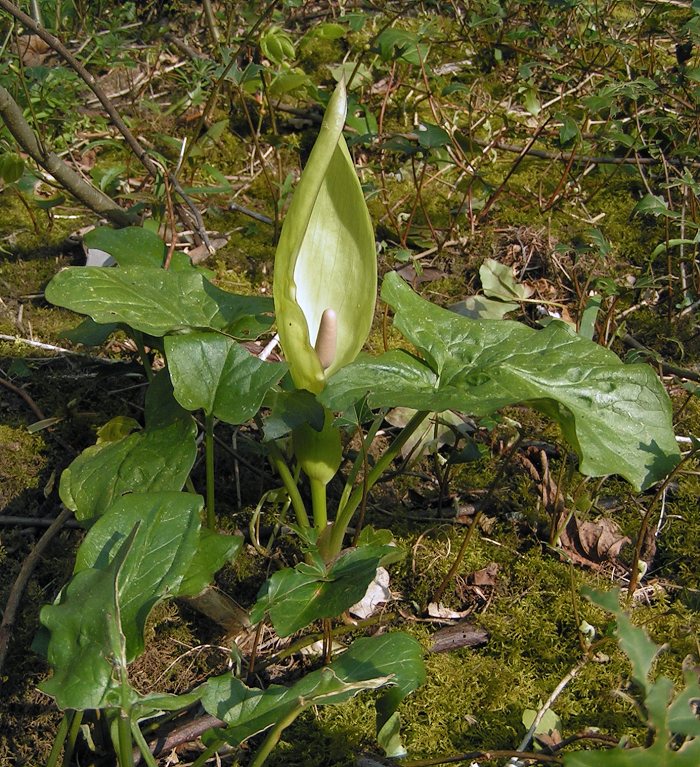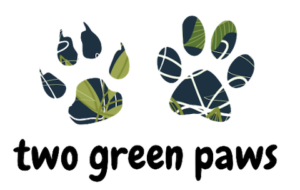If you’re a cat lover, then you know how important it is to make sure that any plants or flowers in your home are safe for your furry friend. It can be hard to find greenery that won’t pose a health risk to cats, but luckily this plant — Adam and Eve — is completely non-toxic and perfect for cat owners! In this article, we’ll look at why Adam and Eve is an ideal choice for pet owners who want to introduce some green into their homes without worrying about their cats’ safety. We’ll also discuss the history of this unique plant and provide tips on introducing it into your house as well as ways to keep cats away from other potentially dangerous greenery. So if you’ve been looking for an easy way to spruce up your home with some lush foliage while keeping Fluffy safe, read on!
Adam and Eve is non-toxic for cats according to the ASPCA. Consuming anything out of the norm can be hard on your cat’s digestion though. If you are concerned, consult a local veterinarian.

Image credit: Photo by Sannse, 24 April 2004, Essex, England.; Image licence: CC BY-SA 3.0
What is an Adam and Eve Plant?
Adam and Eve plants are an exotic species of evergreen shrub found in tropical climates. They have large, oval-shaped leaves that can be up to 10 inches long, with flowers ranging from white to pinkish in color. It’s named for the biblical story of Adam and Eve, as its petals resemble the shape of an apple – just like the one eaten by our first parents! This plant is known for being resilient and easy to care for but also non-toxic which makes it safe around cats.
These hearty plants don’t require much maintenance other than occasional pruning or repotting when they outgrow their current container. They prefer indirect sunlight so keep them away from direct rays if possible. Watering should be done every few days depending on how dry your climate is; over watering can cause root rot so err on the side of caution! To introduce this plant into your home safely, you’ll want to make sure any soil used is free from fertilizers or chemicals that could harm cats who might come in contact with it.
The history behind this particular species goes back hundreds of years when sailors discovered it while traveling through tropical islands off South America’s coastlines. Since then it has been widely cultivated all over world due to its unique appearance and resilience against adverse conditions such as drought or frostbite – making it perfect for those without green thumbs! While there are many benefits of having greenery indoors (such as improved air quality) precautions must still be taken when introducing new plants at home with cats present – especially ones like Adam & Eve which may look appealing but could potentially cause harm if ingested by curious felines trying nibble on foliage!
How to Care for an Adam and Eve Plant
Adam and Eve plants are incredibly low-maintenance, making them an ideal choice for any cat owner. These succulents thrive in warm climates with indirect sunlight, so make sure you place the plant near a window or other source of natural light. When it comes to watering, be sure not to overdo it – this plant prefers dry soil more than moist! Avoid overwatering by checking the soil every few weeks; if the top inch is dry, lightly water until damp. To ensure your Adam and Eve stays healthy, fertilize just once per month during its growing season (usually spring and summer). Finally, prune away any dead leaves as soon as you see them –this will keep your plant looking fresh!
Protecting your plants (and pets)
When it comes to keeping cats from damaging plants, one of the most important steps is to create a safe and structured environment for the cat. This means keeping the cat away from plants, where it can’t knock them over, or use them as a scratching post or chew toy. If the plant is kept in an area the cat has access to you can try to keep it out of reach.
Another tip is to provide plenty of other outlets for the cat’s curiosity. Make sure the cat has plenty of toys to play with, and give it plenty of attention and affection. If cats feel that they are getting enough stimulation, they are less likely to be tempted to damage plants.
Finally, if your cat does start to damage the plants, it’s important not to react with anger or aggression. Instead, try to redirect the cat’s attention away from the plants. If the cat is scratching a plant, try to distract it (but don’t reward it)!
I try to keep something more interesting or appealing near my plants. In the case of scratching, I put quality scratching posts wherever my cats want to scratch – whether that is by the couch or by an indoor tree! DIY or buy one that suits your decor.
Enjoying indoor plants as a cat owner
I love having plants in my home along with my cats. It’s not only aesthetically pleasing to have a variety of vegetation, but I get health benefits from it as well. Plants help to filter the air and can reduce airborne toxins, which helps keep us breathing easier. They regulate humidity. Plus they create a calming atmosphere that is perfect for mental wellness, reducing stress and promoting mindfulness.
Having indoor plants helps bring me peace throughout the day. Whenever I’m feeling overwhelmed or anxious, taking care of my potted friends provides an escape from reality that allows me to become one with nature despite being stuck inside four walls all day long. My cats benefit from personal cat television watching me work or enjoying the movement of leaves when there’s a breeze.
If you want to expand your plant repertoire check out other pet-safe options such as spider plants, aluminum plants, or dried pampas grass.
